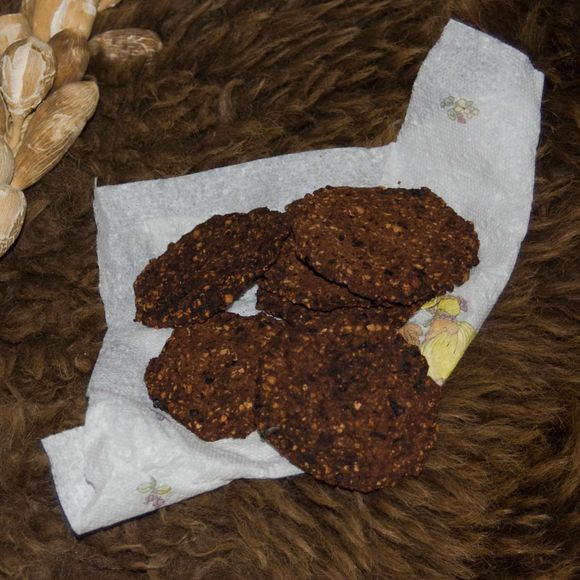Meats & Animal Products
Pemmican
Touted as the original energy bar, the bison-based mixture kept for months.
Beginning more than 5,000 years ago, Native Americans made pemmican by hunting and processing bison into an energy bar that was so rich in nutrients, it could sustain hunters for months on end.
Traditional pemmican had one ingredient: bison (though other meats such as caribou or moose could also be used). But that doesn’t mean it was easy to make. Skilled butchers and cooks would spend days creating its most coveted form, known as “sweet pemmican.” To extract the sweeter and most nutritious fats from the animal, butchers had to separate the meat from the skeleton, crack the bones, then boil them to collect the marrow and grease within. Meanwhile, the choicest cuts of meat were dried and pounded into a fine powder that the butchers deposited into a sack of sewn bison hide. Sometimes, saskatoon berries, cherries, currants, or blueberries were added for flavor. After pouring rendered fat into the sack, pemmican-makers would leave the mixture to solidify so that it could be cut into slices.
The resulting product kept for months (or, as some claimed, years), contained as much as 3,500 calories per pound, and was so packed with protein and fat that it became the primary sustenance of early fur traders and settlers in the Northern Great Plains. Unfortunately, the resulting massive trade in pemmican also led to a decrease in quality and wasteful butchering practices, which contributed to the near-extinction of North American bison in the 19th century.
Today, pemmican and pemmican-like substances are still considered “survival foods,” and are often made with venison, elk, or beef mixed with lard. For insect-tolerant vegetarians, there’s even a cricket-based pemmican with the melodious name “chirpy jerky.”
Written By
 Leigh ChavezBush
Leigh ChavezBush













